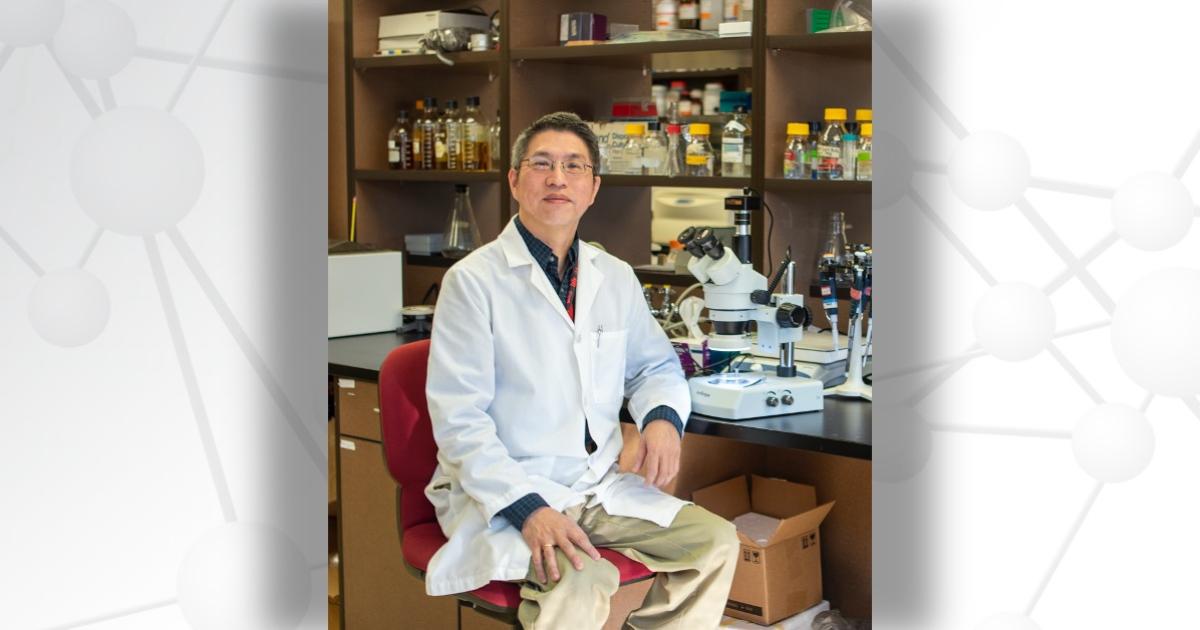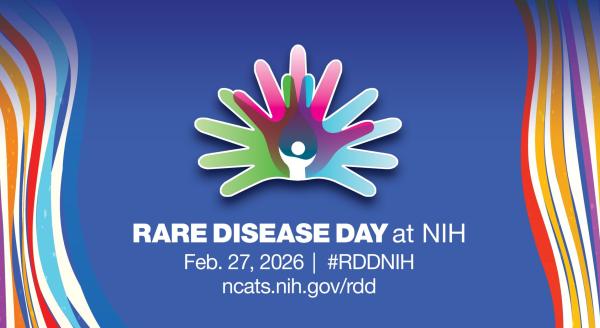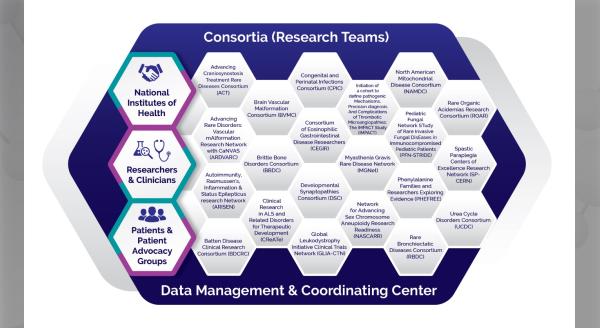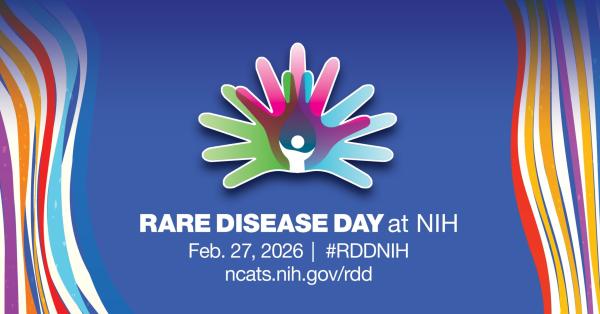Kent Lai, PhD, is a professor in the Division of Medical Genetics (Pediatrics) at the University of Utah. He is also a member of the Frontiers in Congenital Disorders of Glycosylation Consortium (FCDGC). His research focuses on the development of novel therapeutics for both common and rare diseases, including congenital disorders of glycosylation(CDG). Here, he shares his start in rare disease research, exciting discoveries, and future goals.
What inspired you to become a researcher in the rare disease space?
Growing up as a Trekkie, the phrase “to boldly go where no man has gone before” ingrained in my head will best sum up the inspiration that I have for my research commitment in the rare disease space. By definition, rare diseases are often understudied or neglected. Therefore, they present many new research opportunities for investigators like me who love adventures, and at the same time want to make a real impact to improve patient lives through basic and translational research.
To illustrate my points here, the first rare disease that I have the privilege to study is called classic galactosemia—a secondary CDG. Although this disease was first documented more than a century ago, we are still not entirely sure why patients have primary ovarian insufficiency or ataxia, because there have not been a lot of studies that focus on the delineation of its pathobiology.
Another case in point is phosphoglucomutase I deficiency, or PGM1-CDG, the second rare metabolic disorder that I started to work on about four years ago. For decades, PGM1-CDG—the third largest CDG in terms of number of affected patients—has been classified as a glycogen storage disorder. However, the seminal study conducted by Dr. Eva Morava-Kozicz and her colleagues demonstrated that it is also a glycosylation disorder. Their discovery opened new fronts for both the disease mechanism as well as a therapy. They now show that oral galactose therapy helps correct some—albeit not all—of the disease phenotypes.
Last but not least, I must point out that what we learn from rare diseases can often be applied to common disorders. For example, the disease mechanisms that account for the lethal dilated cardiomyopathy in PGM1-CDG, once delineated in the future, could enrich our knowledge for other more common types of dilated cardiomyopathy.
What has been your biggest “aha” moment as a scientist?
As a scientist, I recall a few of my “aha” moments, which started when I was a graduate student studying inositol uptake in the baker’s yeast Saccharomyces cerevisiae. For all living cells, which includes baker’s yeast, inositol is an essential nutrient. In one experiment, I used molecular techniques to delete the gene that encoded the major inositol transporter protein (ITR1p) and significantly ablated inositol uptake. Right after that, I noticed the upregulation of the endogenous inositol biosynthetic pathway through inositol-1 phosphate synthase (INO1p). It was at that moment I truly appreciated how the complex molecular circuitry of a cell evolved to work seamlessly to preserve homeostasis, which of course is important for its survival.
Another “aha” moment took place when I worked on a project with patients with classic galactosemia during my postdoctoral training. For quite some time, we had been wondering what minimum level of galactose-1 phosphate uridylyltransferase (GALT) enzyme—which is deficient in these patients—is required to warrant a good clinical outcome. For the first time, we showed that these individuals, who only have about 8-10% GALT enzyme activity in some tissues, have normal whole-body galactose oxidation. These results have significant implications in therapeutic development to address the unmet medical needs of galactosemic patients.
My most recent “aha” moment came when I was trying to augment human PGM1 activity in the PGM2-deficient mouse model. We demonstrated that if we do this in time, we can halt the progression of the dilated cardiomyopathy phenotype in the animals! While such a finding may sound logical, it is by no means guaranteed. Therefore, our results will undoubtedly have a profound impact on therapeutic strategies for these patients.
Can you tell us about a recent discovery and what it means for patients and physicians?
The CDG field has long been plagued with a lack of animal models that closely recapitulate patient phenotypes. These animal models are essential tools to understand disease processes and therapeutic development, as there is a limit on what we can probe or scan from a patient. Therefore, we have been focusing on construction of mouse models of PGM1-CDG for the past couple of years. We are very excited to learn that our animal models manifest the relevant patient phenotypes.
This has significant ramifications for both patients and physicians. For starters, we can now extract a lot of useful information on the pathogenic mechanisms and disease processes from relevant tissues of the animals. This in turn will help patients and their care providers understand the disease better.
Moreover, the fact that our mouse model reproduces many relevant disease phenotypes makes us feel confident that we can utilize these animals for preclinical therapeutic development, which will bring relief or even a cure for the debilitating and sometimes lethal complications experienced by patients. As alluded above, we have been working on a gene-based therapy to rescue the phenotypes of the mice. So far, our results are very promising.
Can you tell us about the FCDGC and the role it has played in your work?
To me, the FCDGC is a godsend for medical and research professionals who have a keen interest in the field of CDG, as well as patients and their families. To begin with, their Pilot Research Grant program helps propel early stage research projects, including my project to characterize the mouse models of PGM1-CDG. In addition, they have regular scientific meetings that allow exchange of ideas and information among researchers and clinicians. The FCDGC also joins forces with other related patient organizations, such as CDG CARE, and holds conferences where researchers like me can learn more about the unmet medical needs of patients, as well as the daily challenges faced by them and their families.
What do you see ahead for the FCDGC and your rare disease research?
I anticipate the FCDGC will continue to grow rapidly as it expands on the number of CDGs and embraces the clinicians and researchers who work on them. I have no doubt that they will continue to serve as a beacon for the CDG community.
As for my research on rare disease, our team is currently working with different stakeholders to translate experimental gene-based therapies to the clinic. When this goal is accomplished, we will begin our next voyage for the next rare disease on our list.
The Frontiers in Congenital Disorders of Glycosylation Consortium (FCDGC) is part of the Rare Diseases Clinical Research Network (RDCRN), which is funded by the National Institutes of Health (NIH) and led by the National Center for Advancing Translational Sciences (NCATS) through its Division of Rare Diseases Research Innovation (DRDRI). FCDGC is funded under grant number U54NS115198 as a collaboration between NCATS, the National Institute of Neurological Disorders and Stroke (NINDS), the Eunice Kennedy Shriver National Institute of Child Health and Human Development (NICHD), and the Office of Dietary Supplements (ODS).






